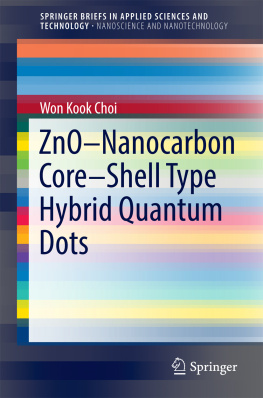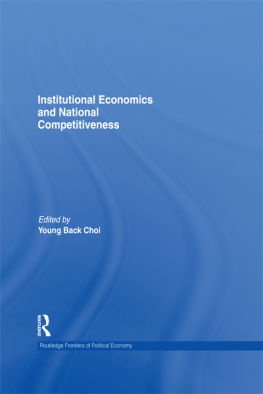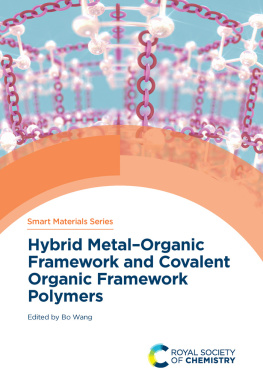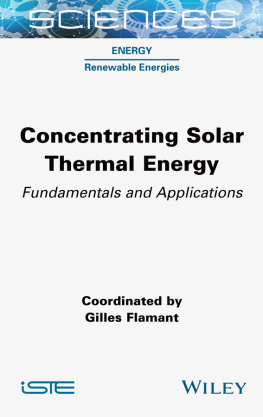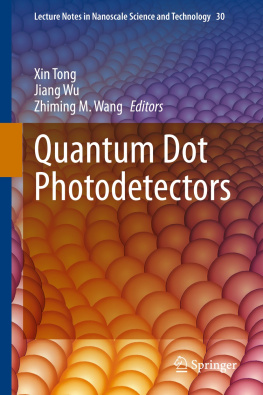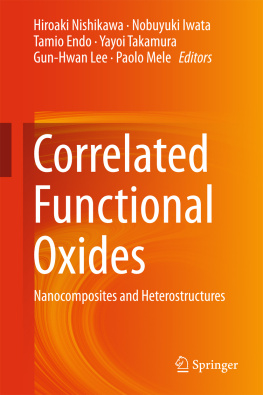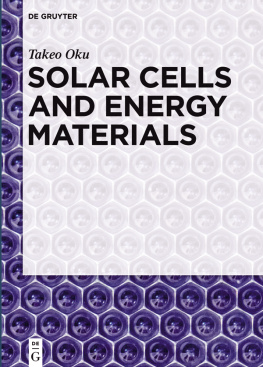1.1 Zinc Oxide (ZnO)
ZnO is one of typical nonstoichometric oxides and also of the most abundant materials in the earth and no hazardous to human, and eco-friendly material. Because of deficiency of oxygen (oxygen vacancy), it has been used prototype gas sensor material as like SnO2 by using the change of surface conductivity as reducing gases of CH4, C3H8 etc. were adsorbed and desorbed on the surface (Kolmakov et al. ).
Since the late 1990s, ZnO has been explosively emerged as new candidate for highly efficient and brilliant near ultraviolet (NUV) light emitting diode (LED) and exponentially investigated until mid 2000s. Epitaxial growth, p-type doping, multi quantum well (MQW) structure, dilute magnetic semiconductor (DMS) at room temperature were main research topics in ZnO material. Electronically it is a semiconducting oxide material with large bandgap 3.37 eV at room temperature. In particular, since it has large exciton binding energy as much as 60 meV (Look , general physical properties of ZnO are summarized.
Table 1.1
Physical constants of ZnO
Crystal structure | Lattice constants | Band-gap Eg@RT | Melting point, Tm | Exciton binding energy | Di-electric constant (0) | Thermal conductivity, W |
|---|
a() | c() |
|---|
Wurtzite | 3.248 | 5.209 | 3.37 (eV) | 2250 (K) | 60 (meV) | 8.75 | 0.6 (cm K) |
Existence of ZnO homo crystal means the possibility and get over the most difficult obstacle in the growth of sound GaN epitaxial film on hetero substrate of c-plane sapphire single crystal substrate with large misfit of ca. 16 % without buffer layer like AlN. Highly crystalline ZnO crystal could be grown at lower temperature around 550 C by rf magnetron sputtering or 600 C by reactive plasma assisted molecular bam epitaxy (MBE), or 700 C by reactive pulsed laser deposition which were all quite lower growth temperature than 900 C for GaN growth. Therefore ZnO has been extensively investigated as the most promising candidate of active material emitting blue or near UV light replacing III-Vs GaN based blue LED. In its application to optoelectronic devices, the main bottleneck lies in the lack of reproducible epitaxial p-type ZnO growth with high conductivity. Besides various physical properties of ZnO were well described for the material for blue/UV optoelectronics, including light-emitting or even laser diodes in addition to (or instead of) the GaN-based structures, a radiation hard material for electronic devices in a corresponding environment, a material for electronic circuits, which is transparent in the visible, a diluted or ferromagnetic material, when doped with Co, Mn, Fe, V or similar elements, for semiconductor spintronics, and a transparent, highly conducting oxide (TCO), when doped with Al, Ga, In or similar elements, as a cheaper alternative to indium tin oxide (ITO) (zgr et al. ).
After 2006, considerable current interest for ZnO research seemed to be converted from epitaxial layers and quantum wells to nanostructures such as nanorods, nanobelt, nanowire-related objects or quantum dots. Since ZnO could be easily formulized into nanostructure, these semiconducting oxide material were fascinating for exploiting very efficient energy harvesting, thin film transistor (TFT), nanorod type LED, oxide based logic devices, and gas sensor etc. including analyzing synthetic mechanism. But how well understanding and control of intrinsic defects of ZnO still remains as a crucial point for achieving prominent ZnO-based devices.
1.2 ZnO Nanoparticles in Electronic Devices
Oxide semiconducting nanoparticles have been widely adopted as carrier transport materials in energy and environmental electronic, electrochemical, and photoelectrochemical devices such as electro photovoltaic cells, light emitting diodes, secondary batteries, photoelectrochemical electrodes etc.
Among them, titanium oxide (TiO2) and zinc oxide (ZnO) have most extensively used. TiO2 has usually two crystalline phase of anatase and rutile. The former structure has been known to be crystallized at lower temperature below 450 C than that of latter case. On the other hand, ZnO nanoparticle could be synthesized relatively lower temperature than that for TiO2 even below 150 C. In future electronics, wearable devices which should be endurable and strong lifetime at the severe conditions like bending, folding, and stretching will be highly expected and overwhelmed. Accordingly, low temperature fabrication process will be highly demanded so that devices should be constructed on the soft and flexible substrates such as polymer materials. In relation with flexible electronics, ZnO will be most promising materials to meet such requirement due to low crystallization temperature, no hazardous, and abundance.
In organic material based devices like OLED (organic light emitting diode) and OPVs (organic photovoltaic cells) device, degradation resulting from exposure to oxygen/moisture and thermal instability are main drawbacks. In order to solve these problems, inorganic layers instead of organic materials were suggested to be replaced for improving the device performance. For instance, p-type NiO and n-type ZnO as hole transport layer (HTL) and electron transport layer (ETL) respectively were adopted in QD LED. As one example, a TiO2 sol-gel precursor (DuPont tyzol BTP) diluted to 5 wt% butanol was spin-coated on CdSe/CdS/ZnS quantum dot emitting layer and annealed at low temperature (<150 C). Low temperature annealing could not fully crystallize the transport TiO2 layer. From the ultraviolet photoemission spectroscopy (UPS) and UV-Vis absorption spectrum, the valence band maximum (VBM), the conduction band maximum (CBM), and the fermi level were measured as 7.8, 3.9, and 4.56 eV respectively. In TiO2 ETL-based QD LED, it was Al/TiO2 led to increase electron-injection current and decrease the turn-on voltage (1.9 V) much lower than that (4.0 eV) for Alq3-based device, which is attributed to both higher electron mobility (1.7 104 cm2/V s) (Kim et al. ).
Polycrystalline ZnO nanoparticles with the size of ~3 nm were synthesized by solution precipitation method mixture with both Zn acetate in dimethyl sulphoxide (DMSO) and tetramethylammonium hydroxide (TMAH) in ethanol (Tan et al. ). Compared to the electroluminescent QD LED devices without ETL (Al-only) or with a conventional Alq3/Al, lowering of operational voltage lighting brightness level was mainly explained by the increment of electron current density. These were ascribed to both higher electron mobility with an order of 102103 cm2/V s of ZnO nanoparticle than that ca. 1 104 cm2/V s of organic HTL and efficient electron injection into QD by Auger process. Electron injection into the QDs from ZnO NPs was enhanced by well adjustment of energy level of conduction band maximum (4.3 eV) with the Fermi level of Al and large accumulation of electrons at the interface of poly-TPD/QD at which the Auger injections effectively occurred. In consequence, if TiO2 ETL was replaced by more high mobility ZnO (2 103 to 0.07 cm2/V s) ETL, the devices had maximum luminance and power efficiency values of 4200 cd/m2 and 0.17 lm/W for blue emission, 68,000 cd/m2 and 8.2 lm/W for green, and 31,000 cd/m2 and 3.8 lm/W for orange-red emission.

